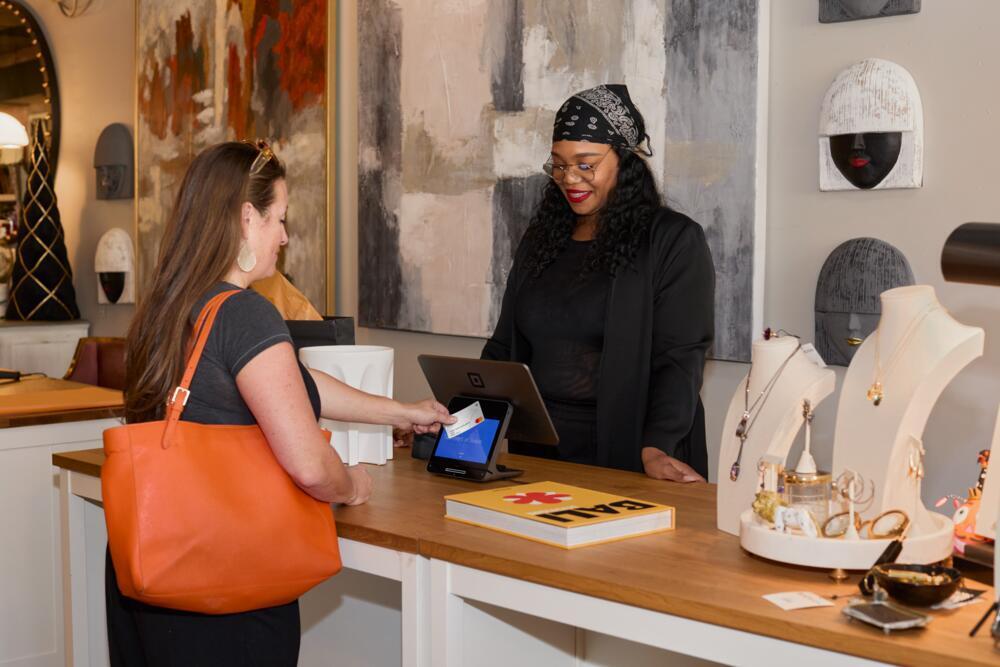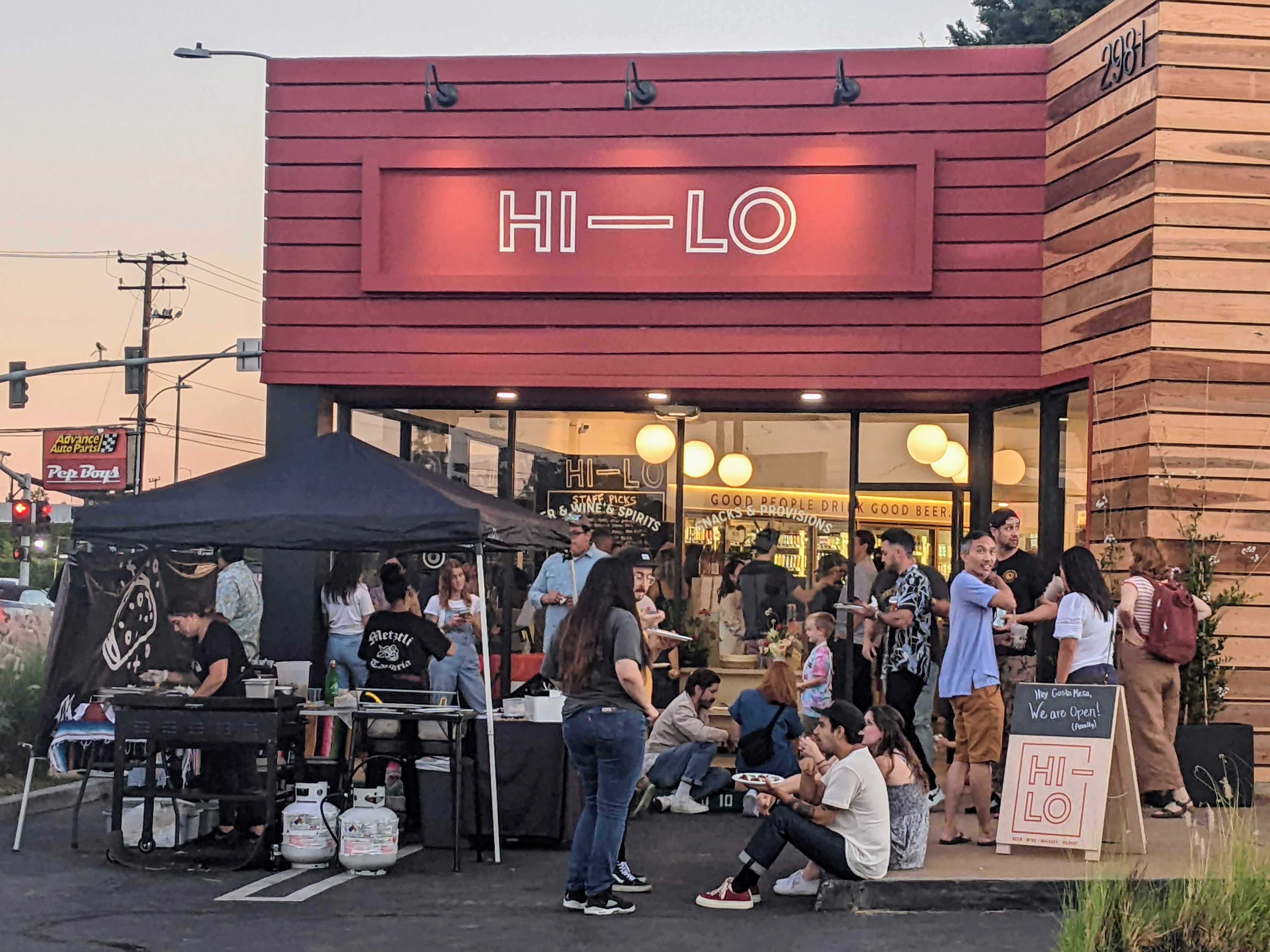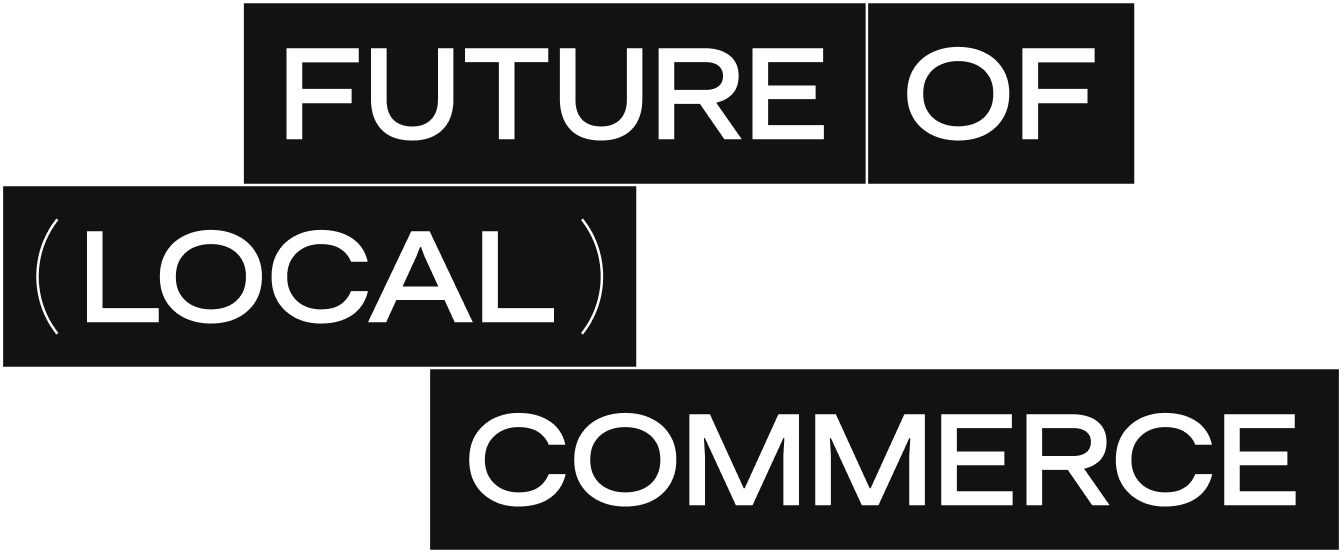Table of contents
The retail industry is entering a transformative era. Consumer habits are shifting rapidly, economic pressures remain high, and technology is becoming a competitive differentiator. To stay ahead, retailers must rethink revenue models, personalize engagement like never before, and embrace new strategies that balance in-store experiences with digital convenience.
To help retailers identify and lean into strategies that satisfy consumers’ evolving preferences, Square teamed up with Bredin and surveyed 2,000 retail owners and 4,000 consumers in the U.S., Canada, the UK, and Australia. We found that while consumers are looking for convenience and flexibility, they also value in-person experiences more than expected. Retailers are responding by investing in omnichannel strategies, expanding revenue streams beyond traditional product sales, and leveraging automation to enhance customer service and operations. At the same time, personalization has become a critical factor in consumer engagement, with data-driven marketing and loyalty programs playing an increasingly important role in retention.
We analyzed our survey results, insights from the Square retail team, and interviews with creative retailers leading the charge to identify the top retail trends for businesses to explore this year. All data cited below comes from the survey results.
For a more in-depth look at these 2025 retail industry trends, download the full 2025 Square Future of Retail report.
Retailers are using more technology than you think, and it’s paying off
Technology has always played an important role in retail, from RFID tags to point-of-sale systems. But in 2025, retailers are going beyond the usual tools and experimenting with automation and artificial intelligence. According to our research, 93% of retailers have implemented automation in at least one part of their business. From AI-powered product recommendations to automated inventory tracking and self-checkout systems, retailers are using technology to manage daily tasks that once required significant manual effort. Seventy percent of retail leaders say they now rely on data analytics to guide purchasing decisions.
Brands like BLACKLION Home Decor in Chicago use Square tools to manage more than 10,000 SKUs with a lean staff. “The reason that I chose Square was specifically for the inventory management aspect of it,” said founder Elisabeth Emory. “I wanted to be able to bring the same scale of brands and product offerings in different categories as the store in Charlotte, but we would have to have multiple full-time people managing this many SKUs if we were doing it manually.”

For retailers looking to maximize the benefits of automation and artificial intelligence, the key is to start small and be strategic. Invest in tools that address the most time-consuming tasks first, such as inventory management or marketing automation, and gradually expand from there. Most importantly, regularly gather customer feedback to ensure that new technologies are improving — not complicating — the shopping experience.
Retail leaders believe in new revenue streams, but many aren’t acting on it

In an industry that thrives on reinvention, 70% of retailers recognize that supplemental revenue streams, like memberships, subscriptions, and experiential retail, are critical for future success. Yet only a fraction are actually implementing them. Less than one-third of retailers said they experimented by holding events, adding memberships or a club offering, or adding new products and services in the last year.
Retailers who have tried are already seeing results. Take Hi-Lo Liquor Market, for example. The specialty alcohol retailer has built its brand by featuring local makers and hosting community events.
Curating markets with local makers and food pop-ups has been a huge success for us. We’ve expanded our reach while bringing fresh energy into our stores. ”
Alisha Buehn → Social Media and Events Manager, Hi-Lo Liquor Market
Retailers that experiment with new revenue models stand to gain long-term customer loyalty and financial resilience. For those unsure about where to begin, the best approach is usually to test ideas gradually. Retailers can start by identifying their most engaged customers and offering exclusive perks, such as early access to new products, VIP shopping events, or subscription-based discounts. Hosting limited-time in-store experiences or pop-up collaborations with local businesses can also be an easy way to gauge customer interest.
If experimenting feels daunting, tools like Square make it easy to integrate new offerings — whether it’s subscriptions, memberships, or event ticketing — without disrupting core operations. By taking an incremental approach, retailers can explore new revenue streams with minimal risk while keeping their primary business running smoothly.
Retailers must get creative to win over hesitant shoppers
Consumers are pulling back on spending, but that doesn’t mean they’re unwilling to shop — it just means retailers need to work harder to earn their business. Fifty-eight percent of consumers say they’ve cut spending in the last 12 months, yet 64% of retailers plan to raise prices. This creates a challenge that retailers must solve strategically. Retailers that rethink pricing strategies and offer creative payment solutions will be in a stronger position to navigate consumer uncertainty in 2025.
One approach gaining traction among retailers and consumers is buy now, pay later (BNPL). Retailers who offer BNPL have seen a 73% increase in usage over the past year, suggesting that consumers are becoming more comfortable with installment payment plans as a way to manage their budgets.
Another strategy retailers are testing is strategic loss leaders — offering heavily discounted items to draw customers into the store with the expectation that they will purchase additional products. Grocery stores have long used this method by discounting essentials like milk or eggs, knowing that shoppers are unlikely to leave with just one item. For example, Costco’s famous $4.99 rotisserie chicken is strategically priced to draw customers into the store, where they often end up buying other items, thereby increasing overall sales. Clothing retailers, too, often promote steep markdowns on select styles to increase foot traffic while relying on full-price purchases to balance the margins.
For retailers looking to implement these strategies effectively, the first step is to leverage business data to uncover customer spending trends. Using tools like Square Analytics, look at transaction history to determine which products are frequently purchased together, which items have the highest margins, and which price points customers respond to most. For example, if data shows that customers who buy coffee machines often return for premium coffee beans, bundling those products with a small discount could encourage larger purchases. By taking a data-driven, long-term approach, retailers can navigate shifting consumer spending habits while maintaining sustainable growth.
Balancing brick-and-mortar quality and online convenience is non-negotiable
Retailers who offer a seamless omnichannel experience will be the biggest winners in 2025. While online shopping continues to grow, brick-and-mortar remains a crucial part of the consumer experience. In fact, 78% of retailers say in-store experiences are key to their future success, and 83% of consumers report positive experiences with brick-and-mortar shopping.
Take Barn Owl Garden Center in Illinois, for example. The family-run business has seen 15% growth without increasing its team size by leveraging in-person experiences like farmers markets. The team hosts local vendors and families in a community-driven bazaar and offers thousands of gardening and plant supplies online and in person. To keep inventory in sync across channels, they rely on Square Inventory Management, ensuring accurate stock levels for online and in-person shoppers.

Businesses like Barn Owl Garden Center are on the right track since consumers increasingly expect more flexibility in how they shop. Fifty-eight percent of consumers say they prefer retailers that allow them to buy online and return in-store, and 65% want the option to check in-store availability online before visiting. Smart retailers must invest in technologies that make these transitions seamless. For example, a cloud-based POS system that integrates both online and in-store sales can help businesses manage inventory in real time, preventing stock discrepancies and ensuring customers get accurate product availability.
Personalization and alerts aren’t annoying — they’re essential
For years, retailers feared that too many notifications would annoy customers. That’s still largely true, but the data provides important context: Almost two-thirds of consumers (64%) want to receive personalized alerts and notifications based on their past purchases. So, while generic messages will often go unnoticed or even annoy customers, relevant personalized messages keep them engaged and your business top of mind.
And when it comes to personalization, loyalty programs play a crucial role. More than 80% of consumers actively seek exclusive discounts and rewards with loyalty programs, and 82% of retailers with loyalty programs say they drive repeat business. Shoppers expect more than just a basic rewards program, however. They want offers tailored to their shopping habits, whether it’s a birthday discount, early access to sales, or surprise perks based on their favorite products.
Ryan Nesci, co-owner of Amici Food + Beverage Co. in Canada, has seen firsthand how personalization fuels retention. “The [previous] marketing integration didn’t work well, and there were very few options. Now I’m using Square Loyalty and Square Marketing. These tools let me automate offers, customize email campaigns, and create special birthday offers for our loyal customers.” This approach has helped the business grow steadily, expanding to two locations with 15 employees since 2018.
Retailers can use tools like Square Marketing that segment customers based on purchase history and engagement levels to ensure messages feel relevant and timely rather than mass-distributed.
Rethinking hiring for the long term is a must
Retailers say hiring has become easier, with 52% reporting that it’s less challenging than the previous year. However, simply filling open positions isn’t enough — retailers need strong retention strategies to build a stable and motivated workforce.
Despite recognizing the need for retention, fewer than 38% of retailers offer structured career paths for employees. This lack of professional development opportunities contributes to the perception that retail jobs are temporary rather than viable long-term careers. Although retailers say they run an average of four initiatives to retain staff and grow their skills, no single initiative has been widely adopted. For example, only 38% of retailers offer flexible schedules, and only 33% pay wages at or above market rates. Without a clear strategy, many businesses risk losing valuable employees to competitors offering better growth prospects.
Retailers interested in long-term growth must rethink their approach. Investing in staff training and empowerment isn’t just good for morale, it directly impacts the bottom line. Employees who see a future in retail are more engaged, more productive, and more likely to stay, reducing costly turnover and strengthening customer relationships. Providing ongoing education through mentorship programs, cross-training, or leadership workshops helps employees build skills and envision long-term career growth within the company. Clear advancement opportunities — whether through promotions, skill-based incentives, or management training programs — demonstrate that employees have a future beyond their current roles.
Another important way to improve job satisfaction is to give employees the tools they need to work more efficiently. Streamlining operations with the right technology can reduce administrative burdens and free up employees to engage in more meaningful interactions with customers. With Square Staff , for example, businesses can manage training, payroll, time tracking, and scheduling from one central dashboard. Employees, in turn, can use the Square Team app to manage their availability, communicate with co-workers, and request time off, creating a smoother work experience for staff and management.
Build a thriving retail business
The future of retail belongs to businesses that embrace change, prioritize customer experience, and leverage technology to stay ahead. Consumers are looking for convenience, flexibility, and meaningful engagement — and retailers that deliver will build lasting loyalty and sustainable success. To dive deeper into these trends and uncover more insights, download the full 2025 Square Future of Retail Report and get the strategies you need to stay ahead in 2025 and beyond.
![]()










